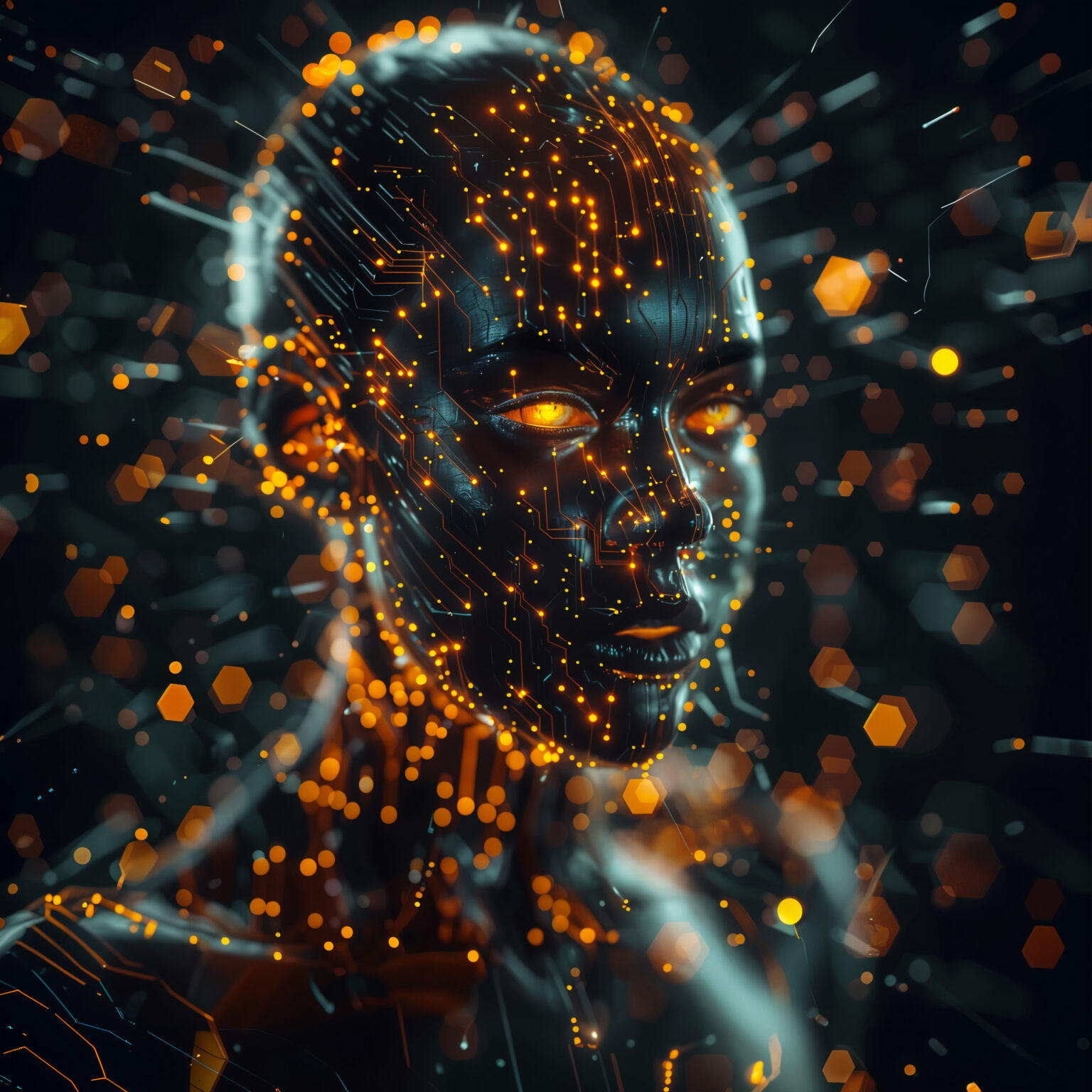Technology never stops surprising us. From self-driving cars to AI companions, the pace of innovation feels unstoppable. But China has now taken a leap in a direction many thought belonged only to science fiction robo surrogacy.
A Chinese tech company is working on humanoid robots with artificial wombs that could one day carry a baby from conception to birth. The announcement at the 2025 World Robot Conference in Beijing has sparked excitement, disbelief, and heated debate across the world.
So, what exactly is this technology, why is China developing it, and what does it mean for the future of parenthood? Let’s dive in.
What Is Robo Surrogacy?
The project, led by Kaiwa Technology under Dr. Zhang Qifeng, aims to create humanoid robots capable of gestating human embryos inside an artificial womb. These robots would mimic natural pregnancy conditions—using synthetic amniotic fluid, a nutrient delivery system (like an umbilical cord), and a controlled environment to help the fetus grow safely.
According to reports, the company plans to launch its first working prototype by 2026. If successful, this would be the first time in history that a child could be born without a biological mother or a human surrogate
Why China Is Betting Big on This
- China’s interest in robo surrogacy is not random. The country is facing a serious demographic crisis:
- Birth rates are dropping.
- The population is rapidly aging.
- Infertility rates have increased sharply in the last two decades.
On top of that, surrogacy is banned or heavily restricted in China, pushing many couples to seek underground or overseas solutions. Robo surrogacy, therefore, appears as a potential alternative — one that could provide hope for childless couples while addressing the country’s long-term population concerns.
How Much Will It Cost?
Reports suggest the service might cost around 100,000 yuan (roughly ₹12 lakh or $14,000).
This is significantly cheaper than traditional surrogacy in countries like the U.S., where costs can easily cross $100,000. If scaled, robo surrogacy could become an affordable solution for middle-class families who otherwise have no option.
The Ethical and Social Dilemma
- Not everyone is cheering for this technology. In fact, the announcement has triggered a storm of ethical questions worldwide:
- Mother–Child Bond: Can a robot really replace the natural bond that develops during pregnancy?
- Women’s Role: Some critics fear this could “commercialize” or even “replace” the role of women in reproduction.
- Safety Concerns: Pregnancy is biologically complex. Experts warn that replicating the hormonal, immune, and neurological processes artificially may lead to unforeseen health risks for the baby.
- Legal Vacuum: Who would be considered the legal mother of a robo-surrogated child? Laws in China and elsewhere are not ready to handle such questions.
Public Reactions: Between Hope and Fear
Reactions online have been mixed.
Some people see this as a blessing for infertile couples and same-sex partners who dream of having biological children. Others worry that it will turn childbirth into a commodity, accessible only to the rich while sidelining the emotional essence of parenthood.
On platforms like Reddit, one user summed it up bluntly:
“Sure, a robot can carry the baby. But who will carry the love, care, and human warmth a child needs before birth? “
Are We Ready for This Future?
The idea of robo surrogacy sounds both revolutionary and unsettling. On one hand, it could bring joy to countless families struggling with infertility. On the other, it opens a Pandora’s box of moral, legal, and societal challenges.
For now, this remains a developing story. The first prototype is still a year away, and much remains uncertain. But one thing is clear: the definition of parenthood and reproduction may never be the same again.
Final Thoughts
Robo surrogacy in China is not just another tech headline—it’s a glimpse into the future of humanity. Whether you see it as a miracle or a nightmare depends on how much you trust technology to step into the most intimate process of life: creating new life itself.
As we move closer to 2026, the world will be watching. And the big question remains — are we truly ready for babies born from machines?












